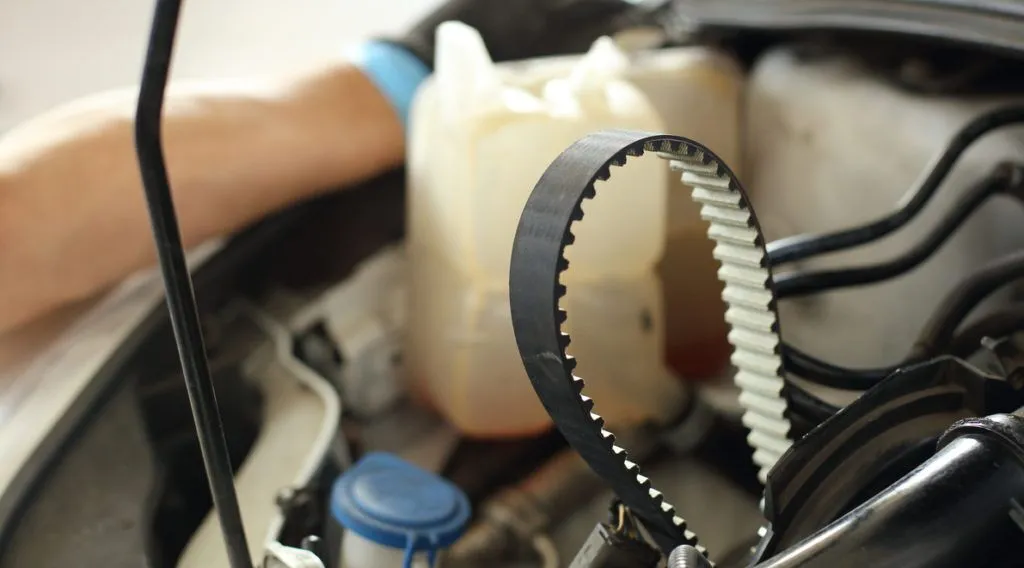- Arabic
- French
- Russian
- Spanish
- Portuguese
- Turkish
- Armenian
- English
- Albanian
- Amharic
- Azerbaijani
- Basque
- Belarusian
- Bengali
- Bosnian
- Bulgarian
- Catalan
- Cebuano
- Corsican
- Croatian
- Czech
- Danish
- Dutch
- Afrikaans
- Esperanto
- Estonian
- Finnish
- Frisian
- Galician
- Georgian
- German
- Greek
- Gujarati
- Haitian Creole
- hausa
- hawaiian
- Hebrew
- Hindi
- Miao
- Hungarian
- Icelandic
- igbo
- Indonesian
- irish
- Italian
- Japanese
- Javanese
- Kannada
- kazakh
- Khmer
- Rwandese
- Korean
- Kurdish
- Kyrgyz
- Lao
- Latin
- Latvian
- Lithuanian
- Luxembourgish
- Macedonian
- Malgashi
- Malay
- Malayalam
- Maltese
- Maori
- Marathi
- Mongolian
- Myanmar
- Nepali
- Norwegian
- Norwegian
- Occitan
- Pashto
- Persian
- Polish
- Punjabi
- Romanian
- Samoan
- Scottish Gaelic
- Serbian
- Sesotho
- Shona
- Sindhi
- Sinhala
- Slovak
- Slovenian
- Somali
- Sundanese
- Swahili
- Swedish
- Tagalog
- Tajik
- Tamil
- Tatar
- Telugu
- Thai
- Turkmen
- Ukrainian
- Urdu
- Uighur
- Uzbek
- Vietnamese
- Welsh
- Bantu
- Yiddish
- Yoruba
- Zulu
Abe . 04, 2024 22:42 Back to list
timing belt faq
Timing Belt FAQ Your Essential Guide
When it comes to vehicle maintenance, timing belts play a significant yet often overlooked role in the operation of your engine. Understanding what a timing belt is, its purpose, and when to replace it can save you from costly repairs and ensure your vehicle runs smoothly. Here’s a comprehensive FAQ to help you navigate the world of timing belts.
What is a Timing Belt?
A timing belt is a flexible loop, typically made of rubber and reinforced with fiberglass or Kevlar, that utilizes teeth to keep the engine’s camshaft and crankshaft in sync. This synchronization is crucial because it ensures that the engine's valves open and close at the right times during each cylinder's intake and exhaust strokes.
What Happens if the Timing Belt Fails?
If a timing belt fails, it can lead to significant damage to your engine. For interference engines, this means that the pistons can collide with the valves, causing bent valves, damaged pistons, or, in severe cases, total engine failure. Due to the high risk involved, it is vital to replace a timing belt according to the manufacturer's recommended intervals.
When Should I Replace My Timing Belt?
Manufacturers typically recommend replacing the timing belt every 60,000 to 100,000 miles. However, this can vary based on the vehicle's make and model. Always check your owner’s manual for specific guidelines. If you notice any signs such as fraying, cracking, or glazing on the belt's surface, it’s advisable to have it inspected or replaced sooner.
How Can I Tell if My Timing Belt is Worn Out?
timing belt faq

There are several signs that may indicate your timing belt is worn out or failing
1. Squeaking Noises A high-pitched squeaking or whining noise can be a sign that the timing belt needs lubrication or has become too loose. 2. Engine Misfires If the timing is off, you may experience engine misfires, leading to poor performance or increasing fuel consumption. 3. Difficulty Starting If your engine struggles to start or won't start at all, a worn timing belt could be the culprit. 4. Oil Leaks A frayed or damaged timing belt can sometimes lead to oil leaks around the area of the timing cover.
If you experience any of these symptoms, it's essential to have your vehicle inspected by a professional mechanic immediately.
What is a Timing Belt Replacement Like?
Replacing a timing belt can be a complex job that often requires the disassembly of parts of the engine. It is essential to ensure that the new belt is installed correctly to maintain engine timing. Most mechanics will also recommend replacing other related components, such as the water pump and tensioners, during this service, as they often wear out around the same time.
Why is Timing Belt Maintenance Important?
Proper maintenance of your timing belt is crucial to avoid unexpected breakdowns and costly repairs. A failing belt can lead to major engine damage, resulting in repairs that may cost thousands of dollars. Regular inspections and adhering to replacement schedules are key to ensuring your engine operates smoothly and efficiently.
Conclusion
Understanding your timing belt is a vital part of vehicle maintenance. By staying informed about its function, lifespan, and signs of wear, you can prevent potential engine damage and extend the life of your vehicle. Always consult your owner’s manual for the manufacturer’s recommendations, and don’t hesitate to seek professional assistance for any concerns. Taking these steps will keep your car running smoothly and save you from unexpected headaches down the road.
-
Korean Auto Parts Timing Belt 24312-37500 For Hyundai/Kia
NewsMar.07,2025
-
7PK2300 90916-T2024 RIBBED BELT POLY V BELT PK BELT
NewsMar.07,2025
-
Chinese Auto Belt Factory 310-2M-22 For BMW/Mercedes-Benz
NewsMar.07,2025
-
Chinese Auto Belt Factory 310-2M-22 For BMW/Mercedes-Benz
NewsMar.07,2025
-
90916-02660 PK Belt 6PK1680 For Toyota
NewsMar.07,2025
-
drive belt serpentine belt
NewsMar.07,2025

